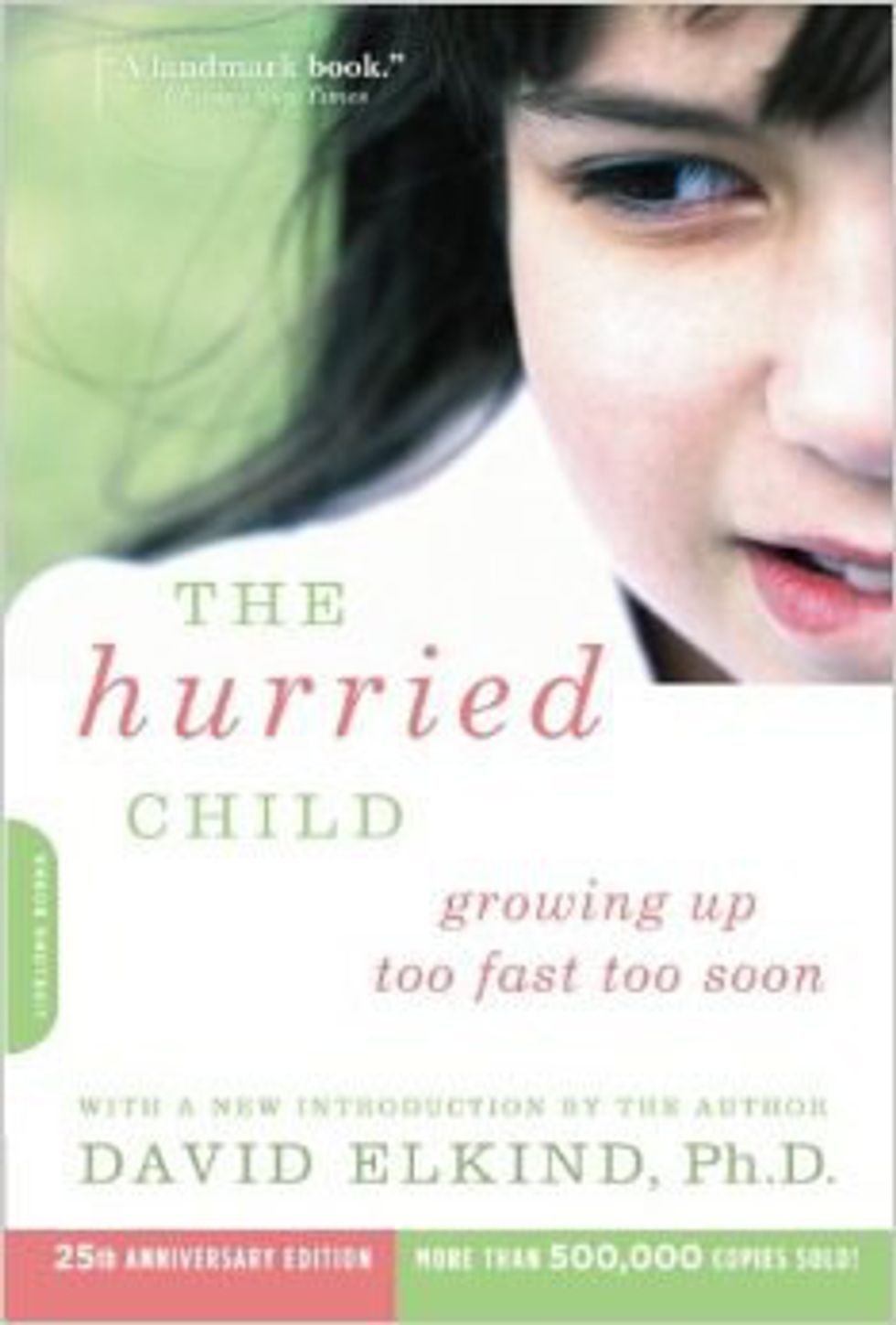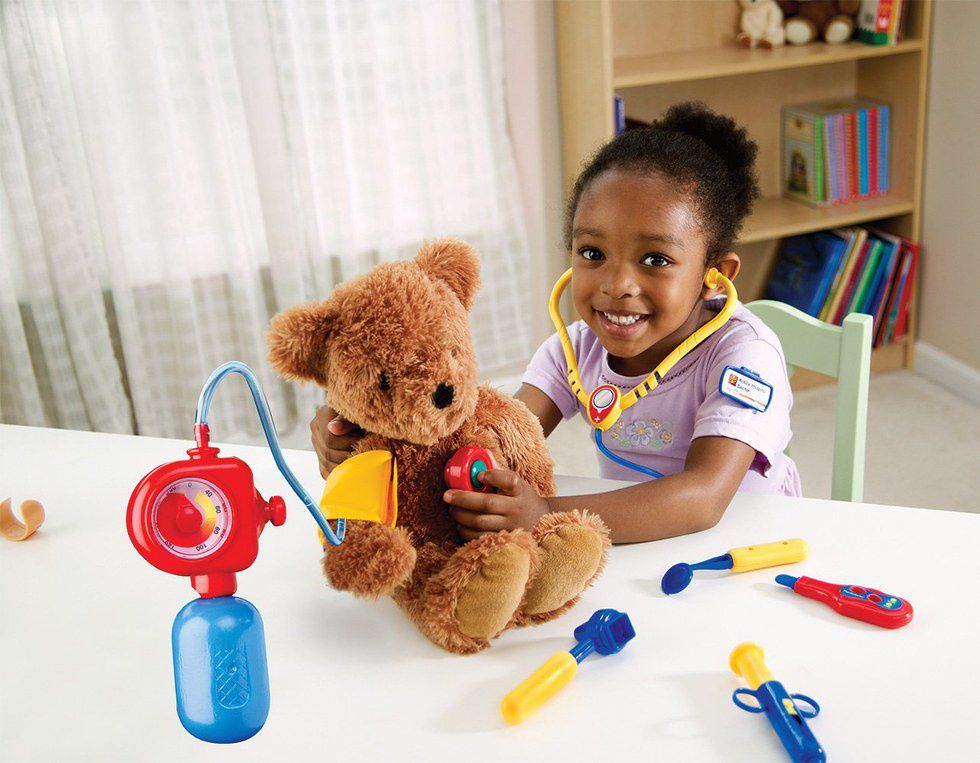“The Hurried Child,” by David Elkind’s, expresses the different ways that children are forced to grow up too quickly in society. Elkind states that the hurrying of children primarily derives from three main sources: the mass media and parents, and teachers/schools. According to Elkind, The mass media targets children by persuading them to buy makeup, or clothes that they are not socially prepared for. In the same regard, parents and teachers push children past their physical and cognitive abilities, when they force academics or competitive sports. According to the novel’s summary, in order to slow down the hurrying of children, it is crucial that parents and teachers say no to children, that they also promote spontaneous play, and lastly, that schools reduce stress on their students.
Recommended for you
Say No to Children:
In the eyes of Elkind, a crucial way to allow children to remain kids is by setting up major boundaries; the easiest way to do that is by saying the two letter word NO. The primary reason for the hurrying of children is the lack of parental involvement. By saying no to kids, it allows them to infer that they do not require any parental guidance and that they are in fact grown. For example, if an 8-year-old child begs and pleads for the latest and greatest smartphone, it is important to remind them that they are too young for such an expensive privilege. These boundaries will allow your child to enjoy their childhood without the responsibilities of an adult.
Spontaneous Play:
One of the primary points in Elkind's novel is the importance of spontaneous play. He states that during spontaneous play, children are provided with the opportunity to learn about interpersonal and social relationships. Even though children do not always get along when they play, it adds on to their growing “people skills.” In today’s society, children are not allowed enough time for spontaneous play. This is due to parents encouraging kids to join competitive sports teams. Although they are learning a physical skill, they are also losing a sense of creative play. Sports have become over structured and overbearing for children. Additionally, Children’s camps or daycares have become less about being fun, and more about being productive. Children should not be working, they should strictly be playing, and that is how they will grow.
Reducing Stress:
In order to reduce the hurrying of children, schools will have to cooperate. Although academics are important, it is equally important to allow recreational time. This could be anywhere from extending lunch and recess to allowing more time in between classes. Ultimately, an environment for learning should not be a stressful one, children should be encouraged to play, and be themselves.
As a future teacher, I agree with a few things that Elkind states. I believe that the media has a negative influence and how parents should say no, however, I disagree with him on sports to an extent. Getting children involved in sports can teach them social skills and how to work as a team; this is something that spontaneous play does not always do. One of the primary statements that I agree with Elkind is his viewpoint on children and stress. As a teacher, I want to ensure that my class is in the least stressful environment as possible. If they constantly are pushed and overwhelmed, then they will not exceed. I want them to relax, learn, and stay as young as they have to be.























